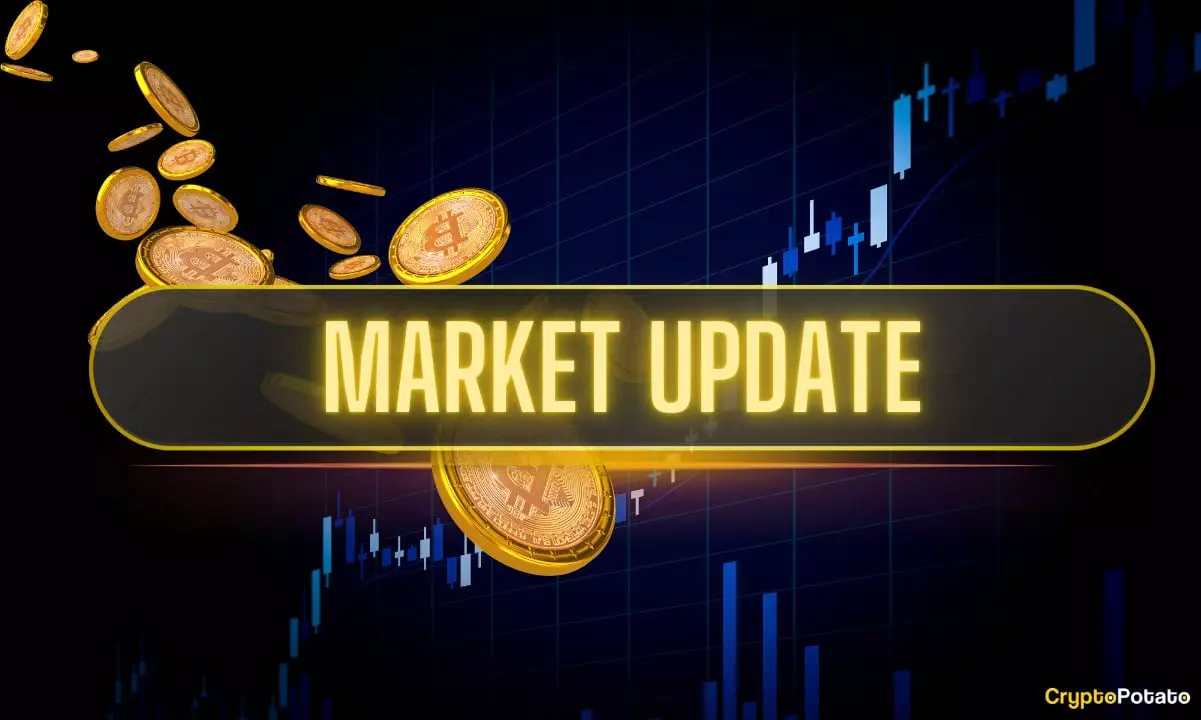In a groundbreaking move that has sent ripples through the cryptocurrency world, President Donald J. Trump has affirmed his commitment to the digital currency sector by signing an executive order mandating the establishment of a US-based crypto reserve. This mandate includes the retention of Bitcoin (BTC) as a key asset, a decision that comes with its fair share of implications. Trump’s action has sparked enthusiasm among crypto advocates, yet a closer examination reveals that the immediate impacts may be more complex than mere bursts of excitement suggest.
On the surface, this measure aligns with Trump’s pro-crypto promises, potentially positioning the US as a pivotal player in the global crypto landscape. Unlike past administrations that treaded cautiously around cryptocurrencies, the current administration’s efforts can be interpreted as a foundational step toward embracing innovation and ensuring the nation capitalizes on the growing digital economy. However, one must approach this development with a degree of skepticism, as evidenced by Bitcoin’s price dynamics in the wake of the announcement.
The Volatility Game: BTC’s Rollercoaster Ride
Despite Trump’s executive order, Bitcoin’s price trajectory tells a different story, reflecting the notorious volatility and the speculative nature of the crypto market. Following Trump’s announcement, BTC surged as high as $95,000, only to plummet within 36 hours to a daunting low of $82,000. Analyzing this fluctuation brings to light the intrinsic contradictions in crypto trading—where optimism and pessimism oscillate rapidly.
What is particularly alarming is how the market responded to the seemingly positive news of an official reserve. The phenomenon of “sell-the-news” was evident, suggesting that traders are often motivated by short-term reactions rather than long-term visions. The markets have not fully embraced the notion of a governmental cryptocurrency reserve, leading to flashing warning signs for investors who may be jumping into the fray without a solid grasp of the implications. Could it be that this executive order, in reality, undermines the very principles of decentralization and autonomy that crypto supporters hold dear?
Unpacking Market Trends: A Cautious Outlook
While some segments of the crypto market have experienced fleeting moments of euphoria, a more comprehensive examination reveals a worrying trend. The majority of digital assets are languishing in the red on a monthly basis, indicating that previous bullish sentiments may not translate into sustained growth. The Bitcoin market capital currently rests around $3 trillion, yet much hinges on future trajectories as the crypto landscape evolves.
Moreover, altcoins have shown mixed performances, with Ethereum’s recent struggles highlighting a broader sentiment of distrust among investors. As Ethereum dipped perilously close to the $2,000 mark, many are left wondering: is this turmoil an opportunity in disguise? With sentiments eroding, seasoned traders could find themselves positioned strategically for a resurgence. The challenge lies in deciphering whether the market corrections are reflective of underlying inefficiencies or mere speculative plays.
The Dollar’s Decline: Opportunity or Pitfall?
Analysts point to the declining US Dollar Index as a potential tailwind for the cryptocurrency realm. As the greenback weakens, there’s a compelling argument to be made that Bitcoin and altcoins could see price escalations as investors seek refuge from fiduciary instability. Trump’s perceived agenda to further devalue the dollar could boost the appeal of cryptocurrencies as alternative stores of value.
The real question is whether the administration’s economic policies genuinely serve to bolster the crypto sector or if they mask deeper flaws in an attempt to manipulate market sentiment. For those with a center-right perspective, one must remain vigilant regarding the overarching implications of government intervention in what is essentially a decentralized market.
The Global Perspective: A Clash of Ideologies
Internationally, figures like El Salvador’s president Nayib Bukele present a striking contrast to Trump’s approach. Bukele’s determination to embrace Bitcoin, despite IMF pushback, underscores a more libertarian ethos, challenging the status quo and encouraging genuine innovation within the crypto space. As the US government gears up for potential altcoin inclusion in its crypto reserve, the ensuing tension will rise between conservative fiscal restraint and progressive crypto advocacy.
Amidst rising volatility, traders’ perceptions of inclusion and regulation become paramount. Investors must grapple with the reality that governmental movements can either stifle or spur growth, depending on implementation and market reception. In this atmosphere of uncertainty, those who heed caution and absorb lessons from both bullish escapades and bearish corrections are bound to emerge more resilient in the long term.
The landscape ahead is one of both opportunity and peril, compelling players in the crypto sphere to navigate the complexities with wisdom and foresight, ever aware of the shifting tides influenced by political maneuvers and market dynamics.














